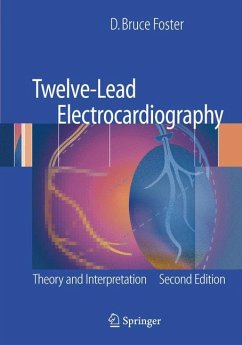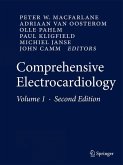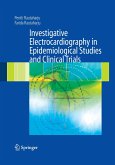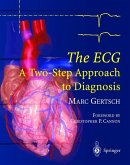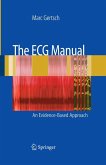This is a fully revised and updated edition of the major work that teaches health professionals to utilize the 12-lead ECG in daily clinical practice. It deals with the analysis of the morphology of ECG waveforms in order to diagnose many conditions not related to rhythm, including ischemia, acute myocardial infarction, and hypertrophy of the heart muscle. Almost all other texts of morphologic interpretation for non-cardiologists rely heavily on memorizing electrocardiographic patterns. This book is unique due to its different technique, leading the reader through easily understood electrophysiologic principles, and then allowing the reader to deduce what the 12 lead electrocardiogram will look like under various circumstances.
From the reviews:
"Acute cardiac syndromes are a major cause of morbidity and mortality, and successful therapy depends upon timely diagnosis which is often made by the ECG. This book is a welcome addition to the body of literature which examines the role of electrocardiography in ACS. It provides first responders with a concise reference for using the ECG to diagnose ACS and choose appropriate therapies in acute care settings." (Scott W. Ard, MD, BS(Ochsner Clinic Foundation), Doody's, June 2007)
"Acute cardiac syndromes are a major cause of morbidity and mortality, and successful therapy depends upon timely diagnosis which is often made by the ECG. This book is a welcome addition to the body of literature which examines the role of electrocardiography in ACS. It provides first responders with a concise reference for using the ECG to diagnose ACS and choose appropriate therapies in acute care settings." (Scott W. Ard, MD, BS(Ochsner Clinic Foundation), Doody's, June 2007)

